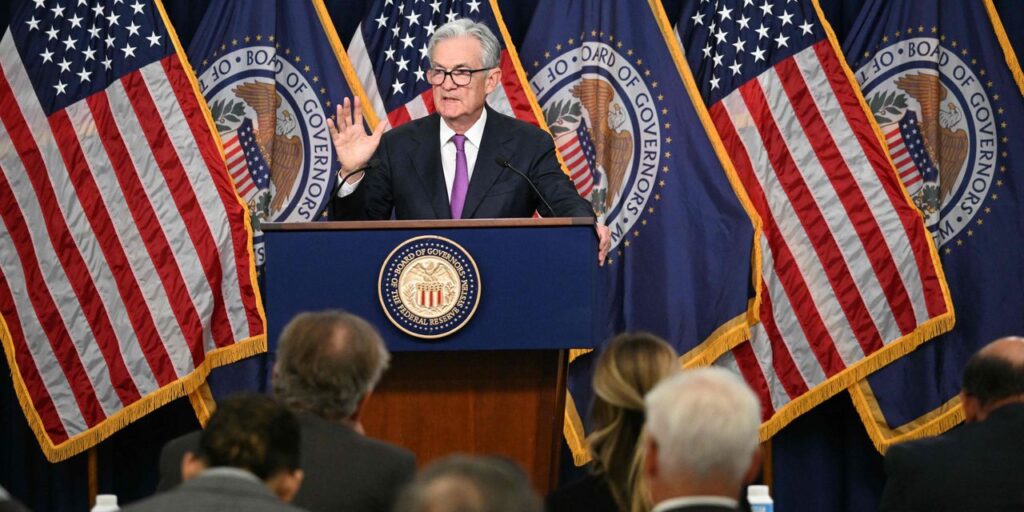Minutes of the Federal Reserve’s September policy meeting show that officials were “highly uncertain” about the future path of the economy and decided to proceed in a careful meeting-by-meeting approach to interest-rate policy.
“A vast majority of participants continued to judge the future path of the economy as highly uncertain,” the minutes said.
Volatile data and uncertainty about how much downward pressure the Fed’s prior interest rate hikes were putting on the economy “supported the case for proceeding carefully,” according the minutes.
Although data suggested inflation was slowing, most Fed officials continued to see upside risks to inflation.
Global oil markets and potential for upside surprises in food prices were among the risks discussed.
On the other hand, even with the economy expanding at a solid pace, some officials saw continued downside risks to growth and upside risks to the unemployment rate. They pointed to the auto workers strike as a factor that could dampen growth.
The Fed staff was more upbeat about the economy at the September meeting than in its prior projection in July. Growth this year would be stronger than the next two years.
In their discussion, Fed officials generally thought it was important to balance the risks of overtightening monetary policy against the risk of insufficient tightening.
At their meeting in September, the 12 voting Fed officials were unanimous in their decision to keep interest rates at a 22-year high, between 5.25% and 5.5 while penciling an additional rate hike before the end of the year to bring down inflation. “Almost all” of the 19 Fed officials supported holding rates steady, the minutes said.
A majority of Fed officials judged that “one more increase” would likely be appropriate.
“Several Fed officials commented that, with the policy rate likely at or near its peak, the focus of monetary policy decisions should shift from how high to raise the policy rate to how long to hold the policy rate at restrictive levels,” the minutes said.
In their economic projections released at the meeting, Fed officials reduced their forecast for rate cuts next year to 50 basis points from 100 basis points.
“A few participants noted that the pace which inflation was returning to the Fed’s 2% goal would influence their views of the sufficiently restrictive level of the policy rate and how long to keep policy restrictive,” the minutes said.
Fed watchers said they thought the minutes were a bit staler than usual this month given the recent spike in long-term bond rates.
Yields on 10-year Treasury bonds have surged since the Fed meeting, hitting a 52-week high of 4.8% last week before retreating.
As a result, more economists now believe this means that the Fed likely won’t raise rates again this cycle.
That’s because higher yields contribute to tighter financial conditions, which could cool the economy down without any more Fed rate hikes, said Dallas Fed President Lorie Logan, in comments echoed by other Fed officials this week.
“The Fed’s intention here is clear. It has been steering us away from the November meeting since the September FOMC meeting and tighter financial conditions driven by rising longer-term interest rates only further support that policy direction,” said said Tim Duy, chief U.S. economist, at SGH Macro Advisors, in a note prior to release of the minutes.
Stocks
DJIA
SPX
were off their lowest levels after the minutes were released. The 10-year Treasury yield was also off its lowest levels, down 5 basis points to 4.61%.
Read the full article here











